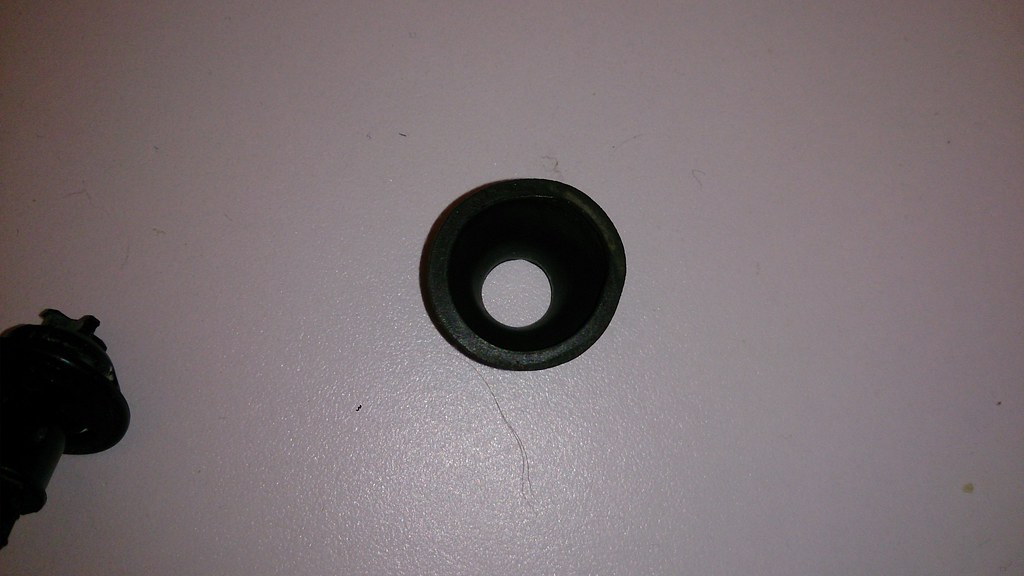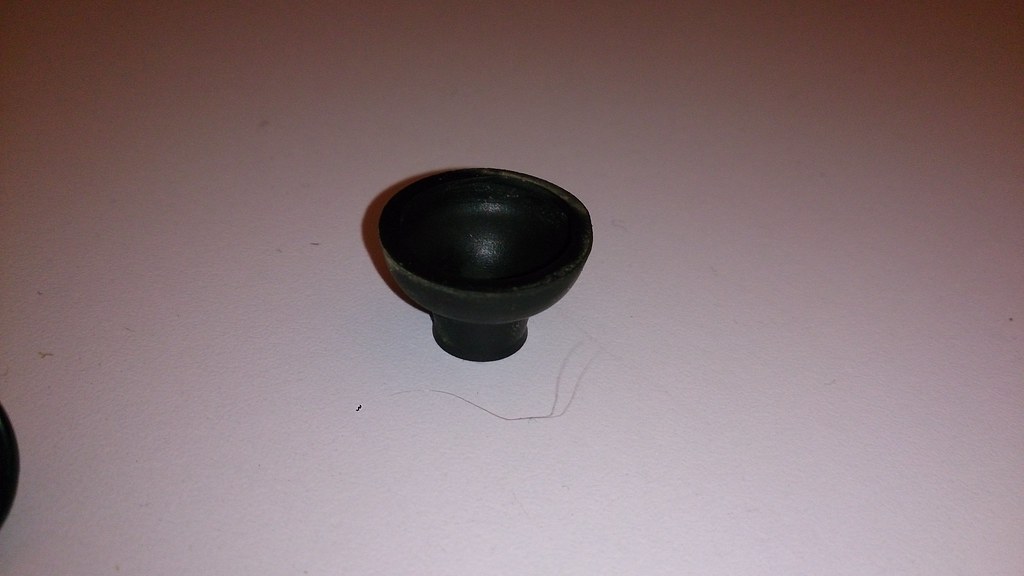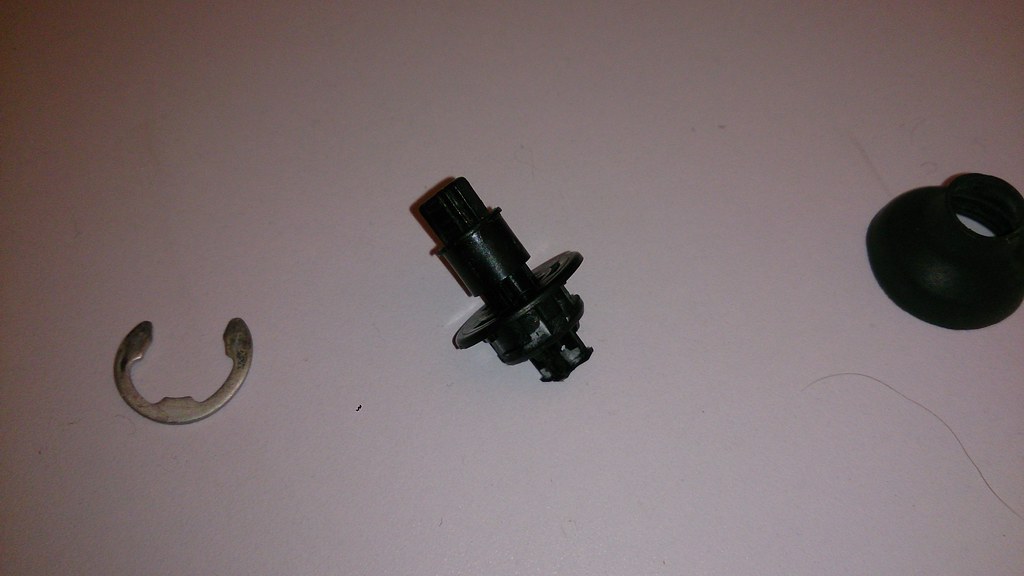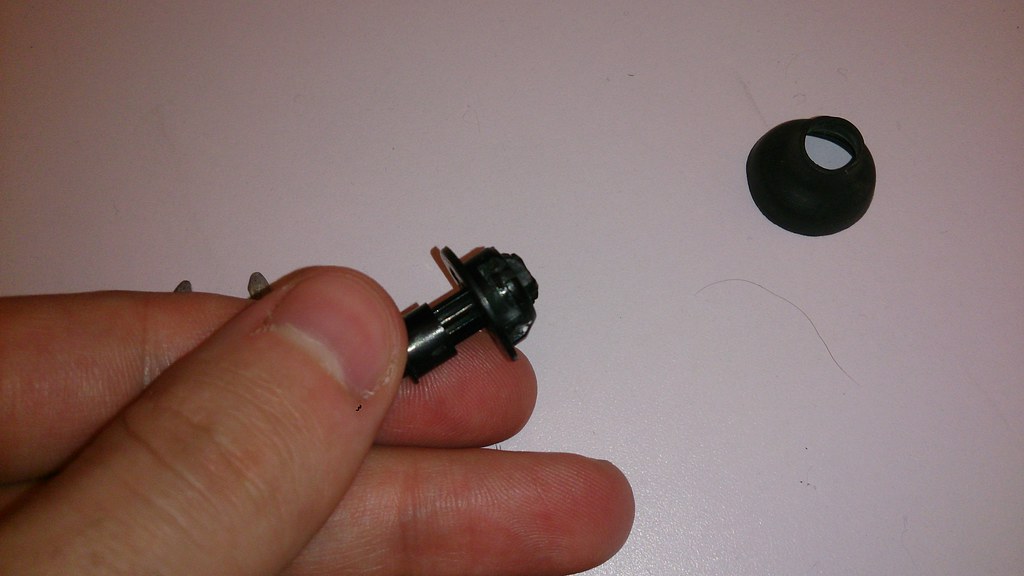A battlefield grade tele-terminal (this one has likely seen a tour of duty as well,
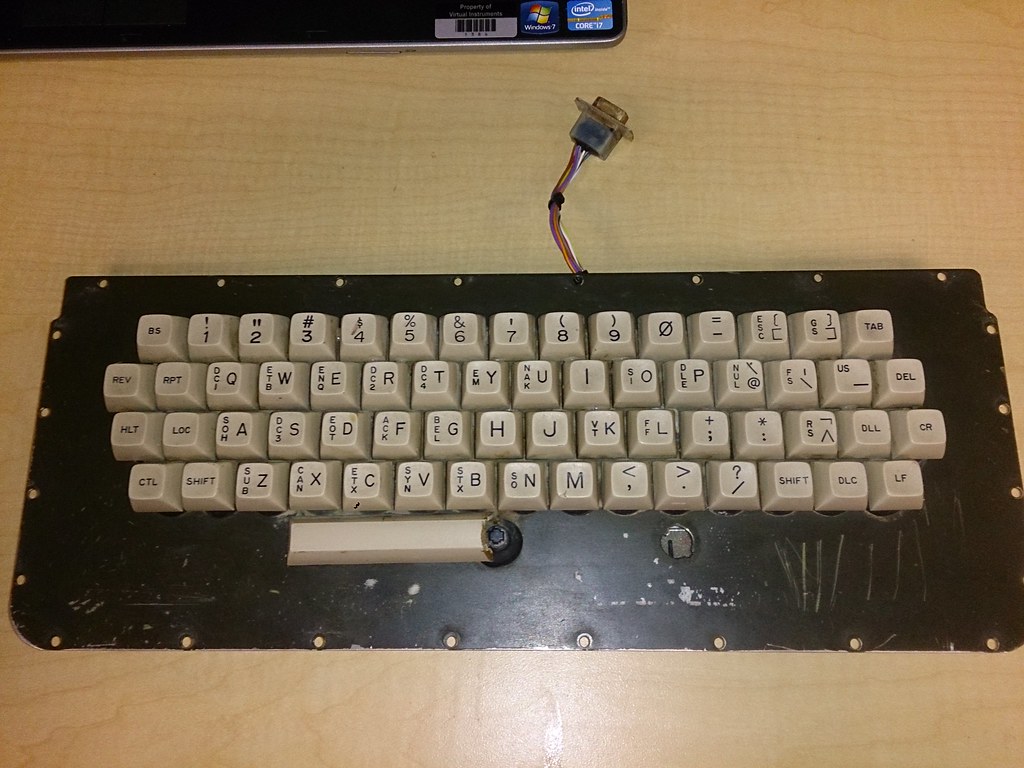 DSC_0314 by triplehaata, on Flickr
DSC_0314 by triplehaata, on Flickr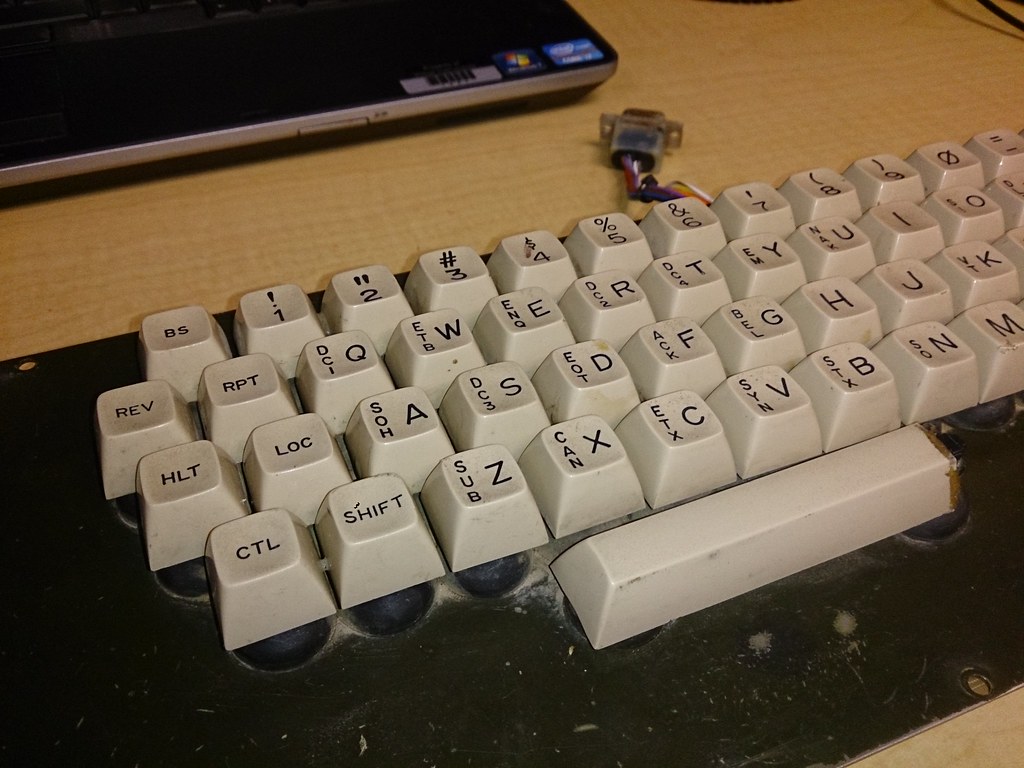 DSC_0315 by triplehaata, on Flickr
DSC_0315 by triplehaata, on FlickrDon't worry, that's just a bit of soap under the US
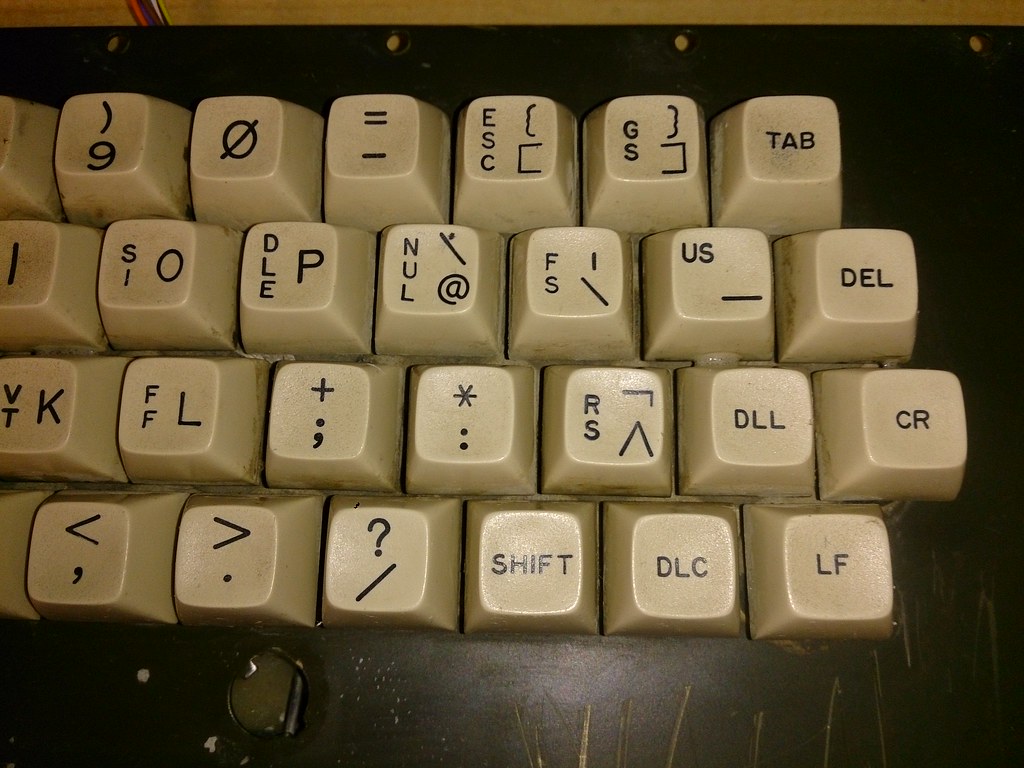 DSC_0317 by triplehaata, on Flickr
DSC_0317 by triplehaata, on Flickr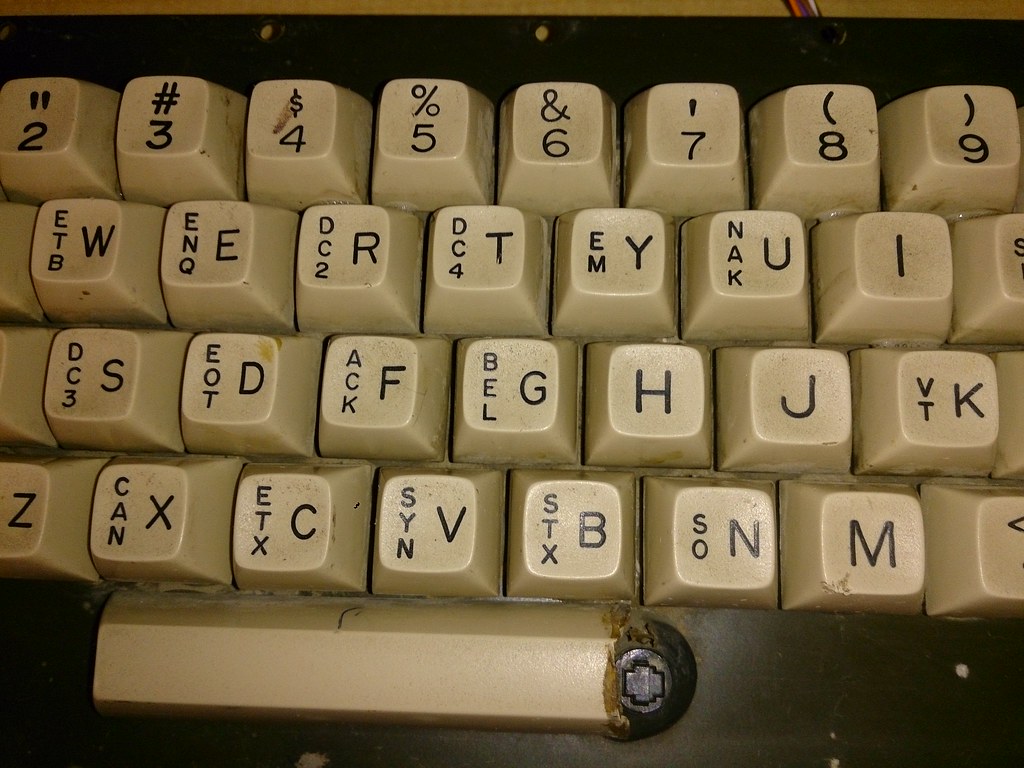 DSC_0319 by triplehaata, on Flickr
DSC_0319 by triplehaata, on FlickrYes, rubber domes. They add a bit of tactility to the otherwise linear keyboard. And make the keyboard entirely sealed from the elements.
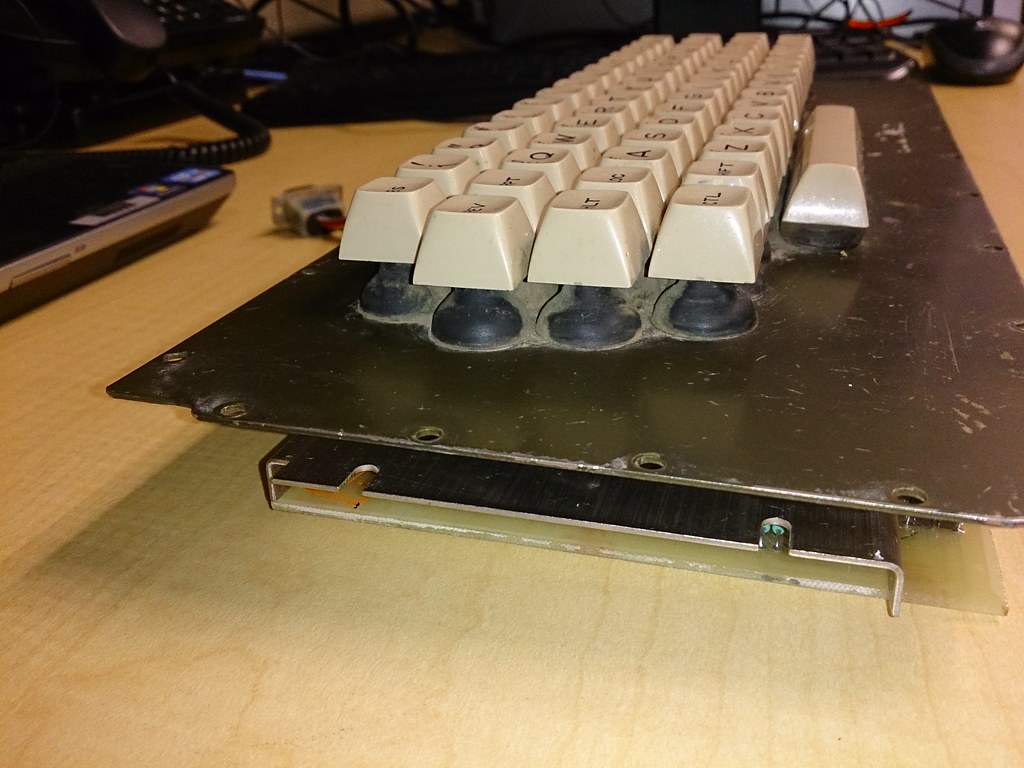 DSC_0323 by triplehaata, on Flickr
DSC_0323 by triplehaata, on FlickrThis spacebar has seen better days...maybe a tank drove over it?
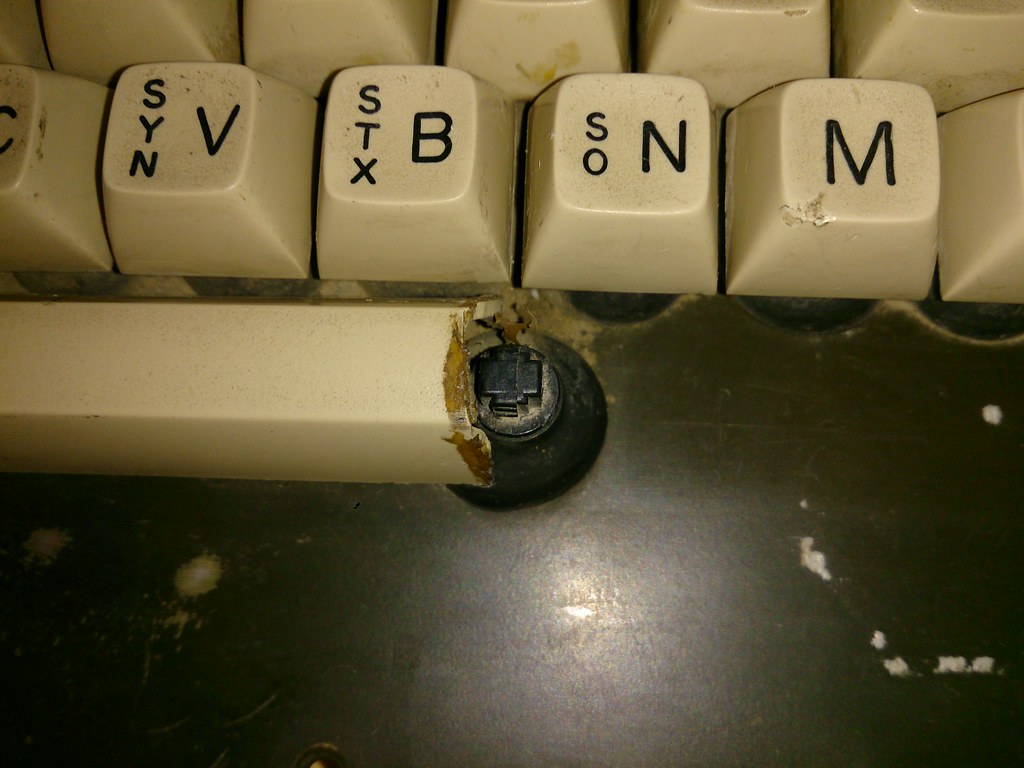 DSC_0324 by triplehaata, on Flickr
DSC_0324 by triplehaata, on FlickrSo, I have never seen this before. The keycap was EPOXIED to the slider. If this wasn't a military grade keyboard, I likely would have torn the switch and plate apart while pulling...
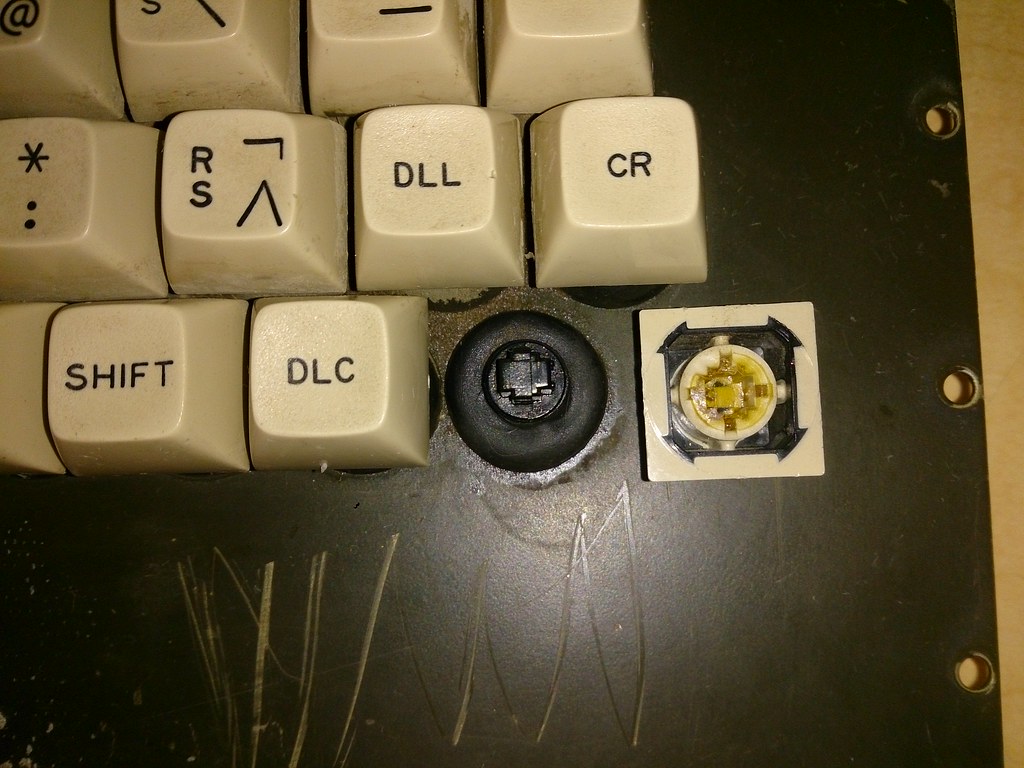 DSC_0326 by triplehaata, on Flickr
DSC_0326 by triplehaata, on Flickr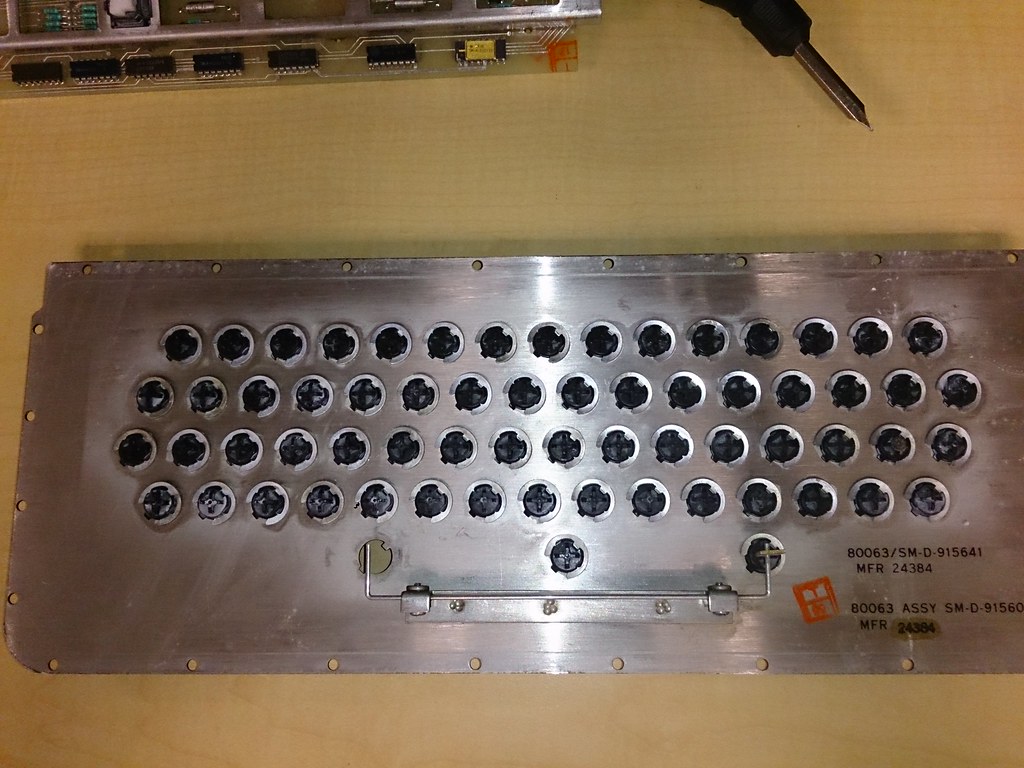 DSC_0332 by triplehaata, on Flickr
DSC_0332 by triplehaata, on Flickr DSC_0333 by triplehaata, on Flickr
DSC_0333 by triplehaata, on Flickr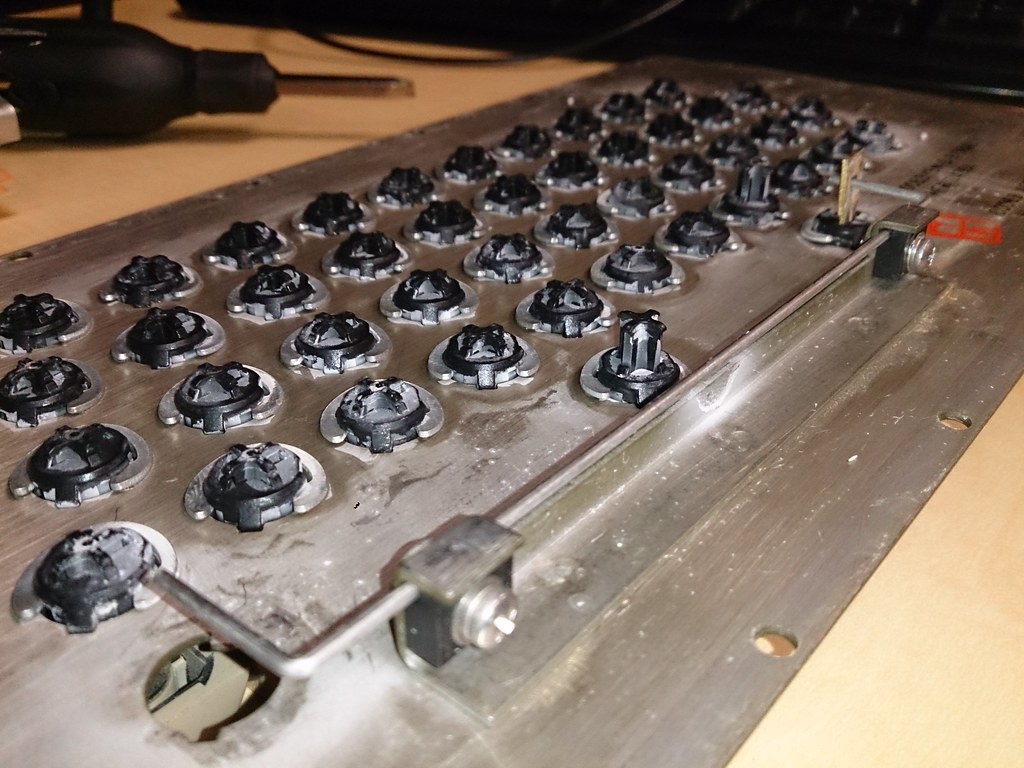 DSC_0337 by triplehaata, on Flickr
DSC_0337 by triplehaata, on Flickr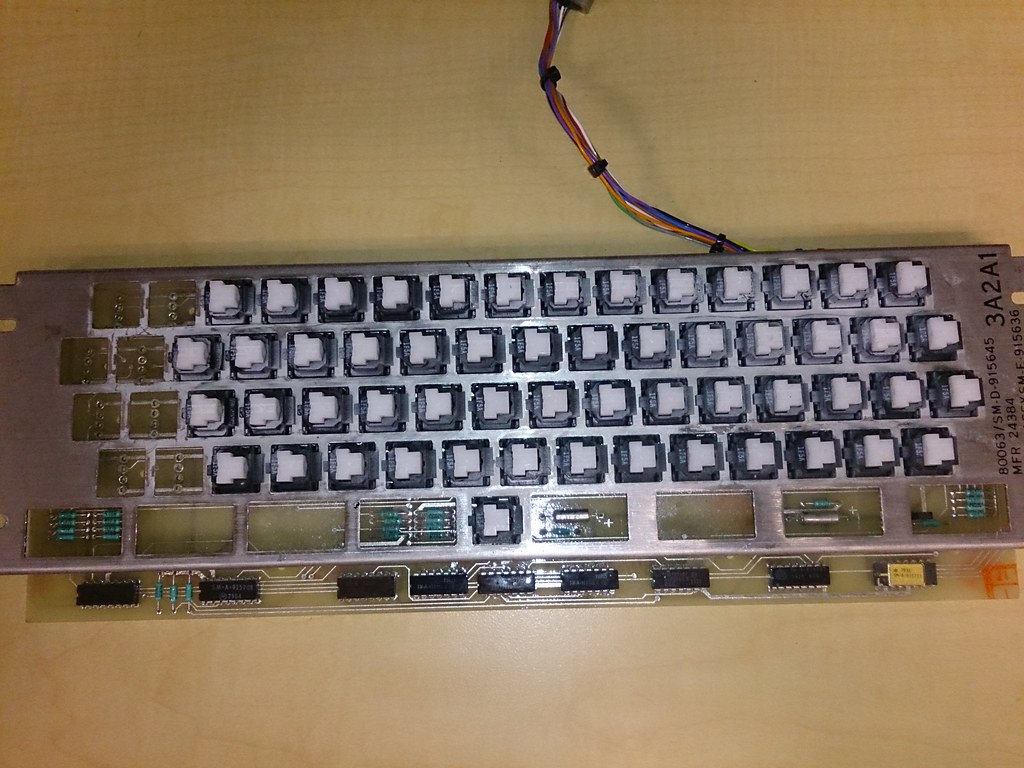 DSC_0344 by triplehaata, on Flickr
DSC_0344 by triplehaata, on FlickrThis is interesting, every single stem doesn't have the usual mounting point. But notice the small notch in the middle. Usually when you see this in Honeywell switches it's completely flat. 1F5A is an odd part number, F is likely related to this new type of stem, and the 5 is a new weighting that hasn't been seen before...
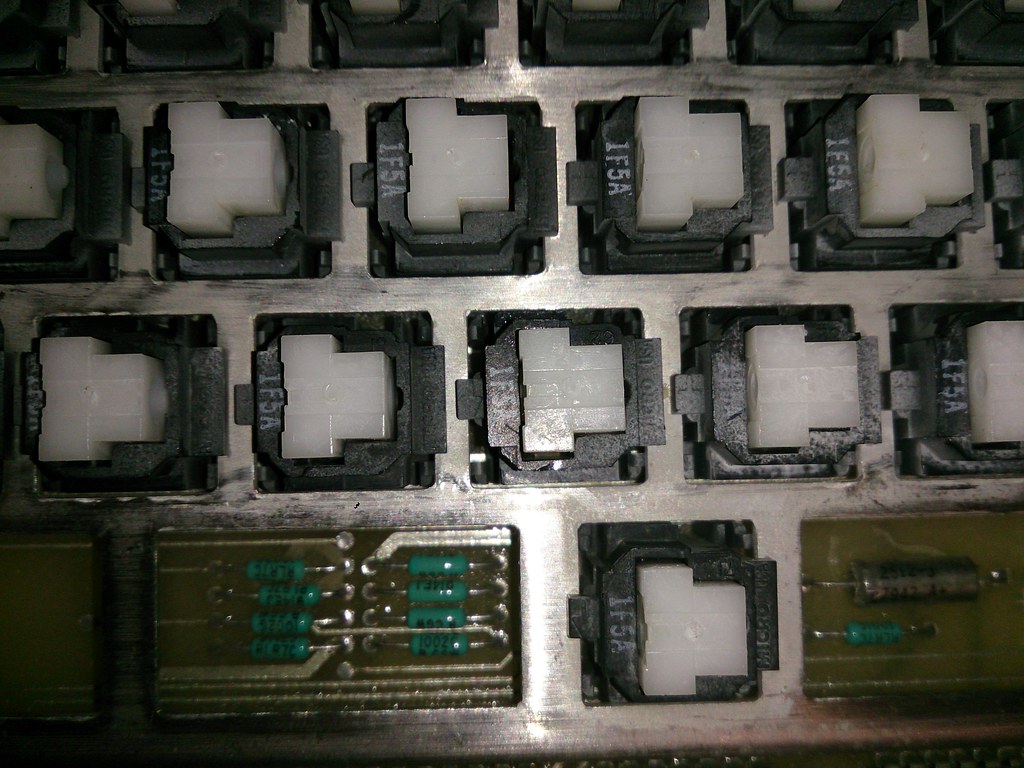 DSC_0345 by triplehaata, on Flickr
DSC_0345 by triplehaata, on Flickr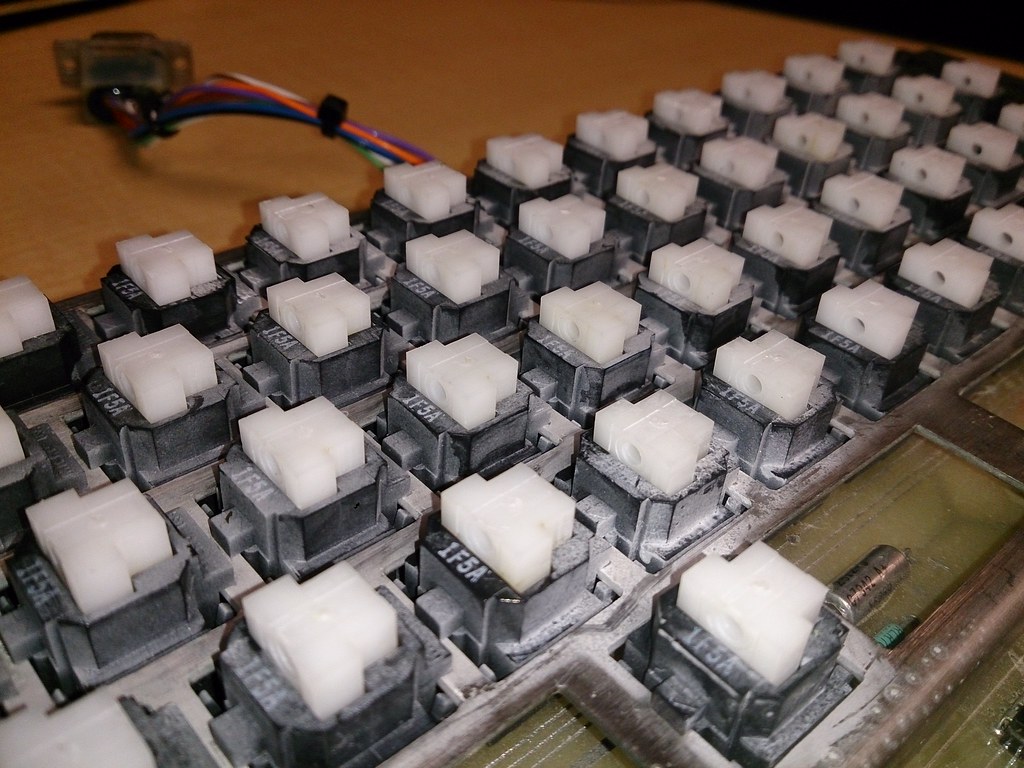 DSC_0346 by triplehaata, on Flickr
DSC_0346 by triplehaata, on Flickr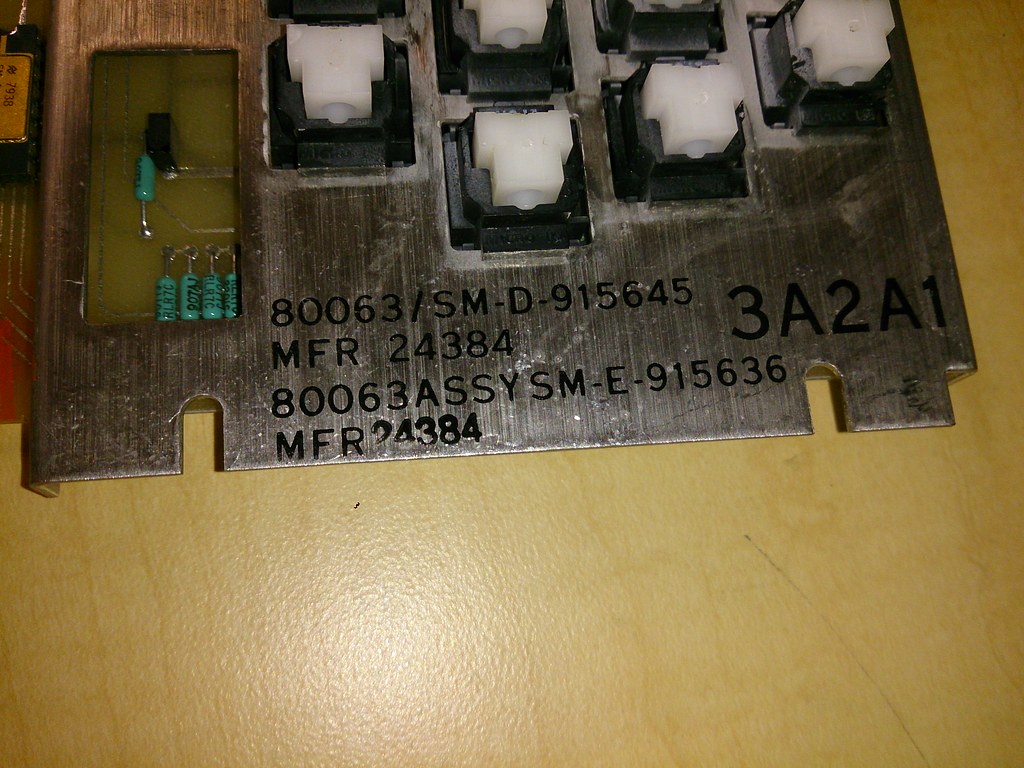 DSC_0350 by triplehaata, on Flickr
DSC_0350 by triplehaata, on Flickr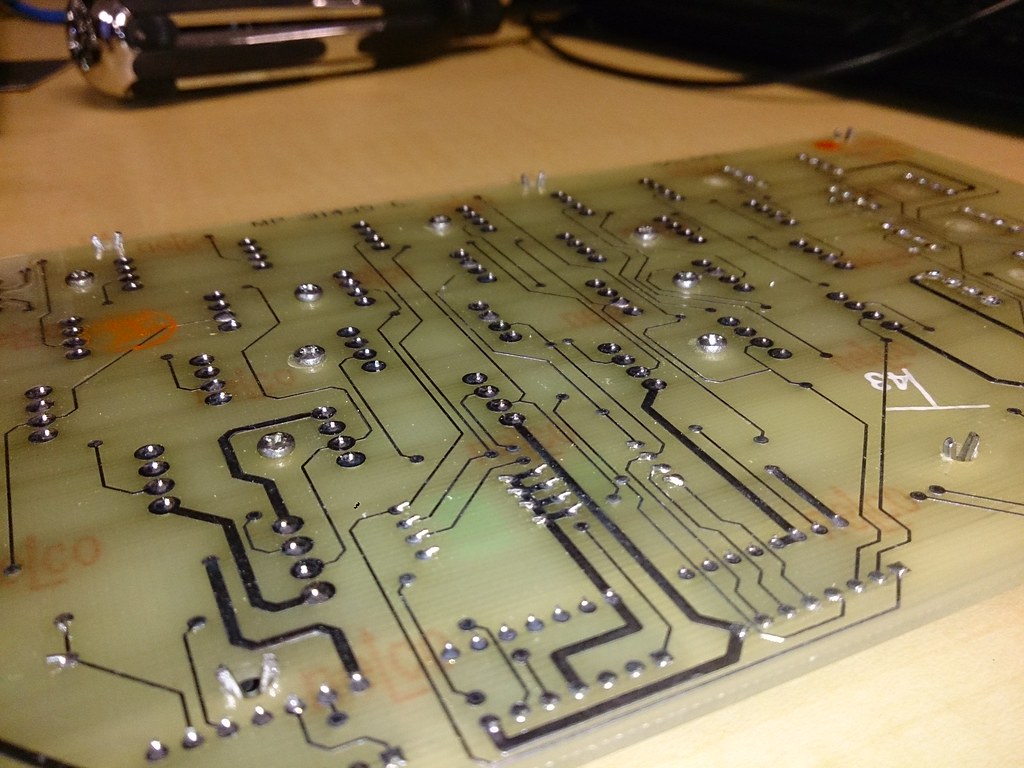 DSC_0380 by triplehaata, on Flickr
DSC_0380 by triplehaata, on Flickr DSC_0371 by triplehaata, on Flickr
DSC_0371 by triplehaata, on Flickr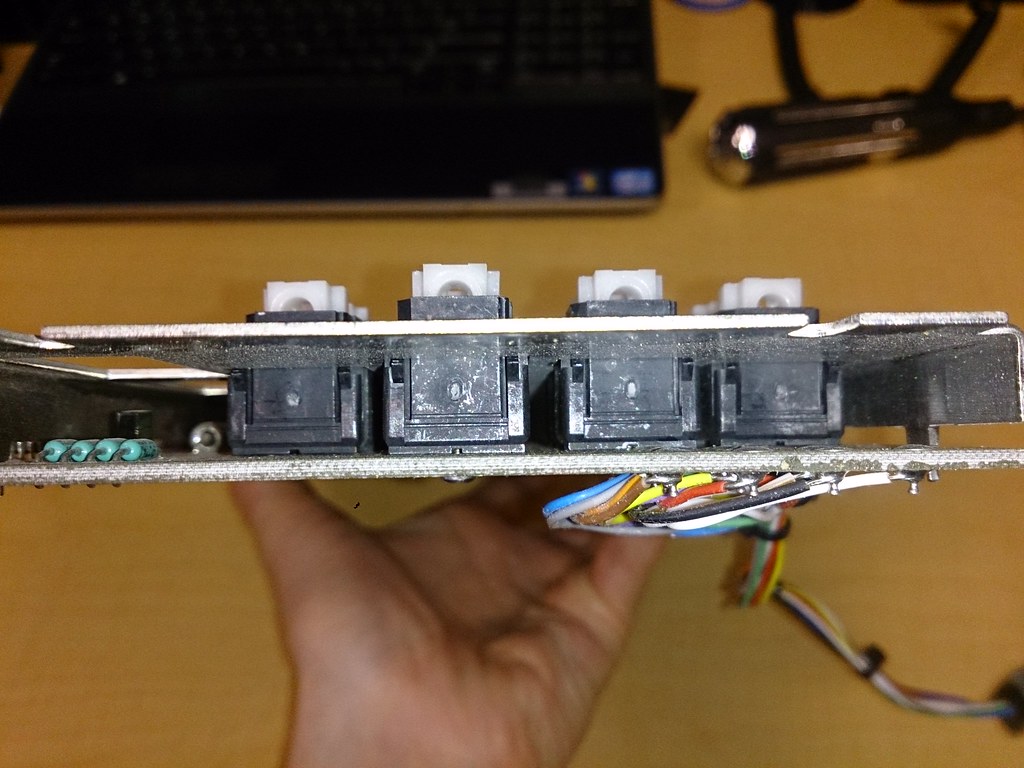 DSC_0384 by triplehaata, on Flickr
DSC_0384 by triplehaata, on Flickr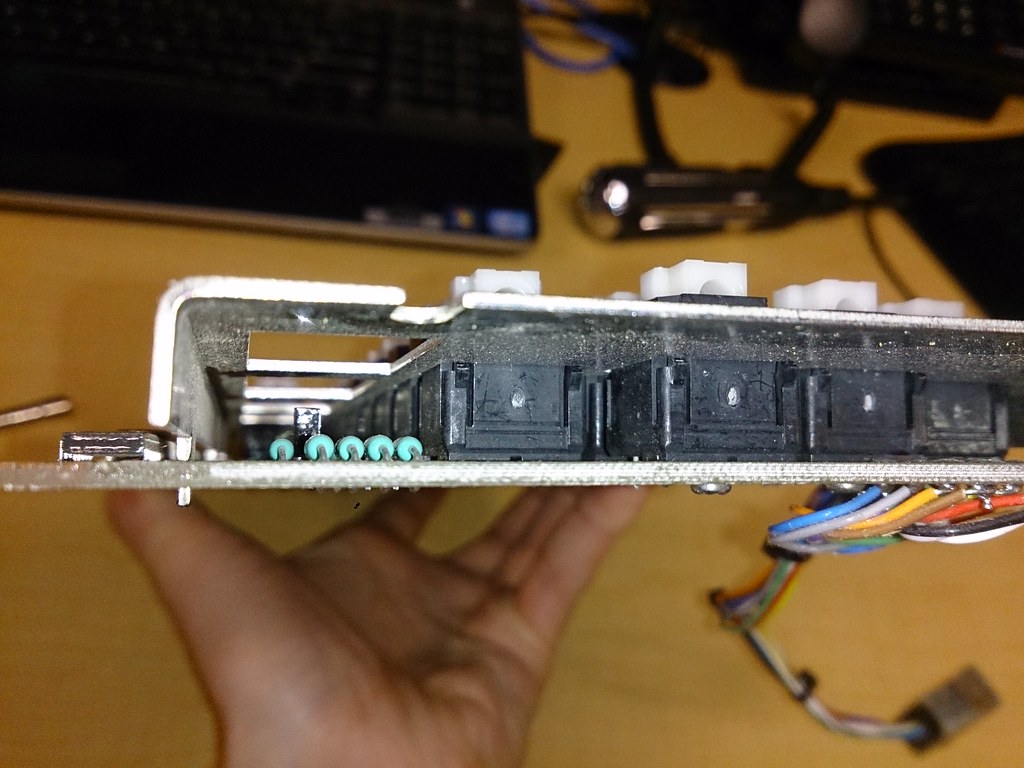 DSC_0385 by triplehaata, on Flickr
DSC_0385 by triplehaata, on Flickr DSC_0343 by triplehaata, on Flickr
DSC_0343 by triplehaata, on FlickrNot my image, or keyboard, but gives an idea of what the whole thing looked like
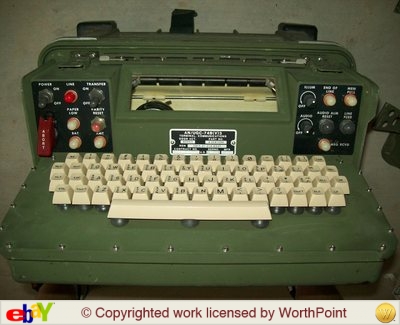
https://www.flickr.com/photos/triplehaa ... 6452858748


